-
Posts
403 -
Joined
-
Last visited
-
Days Won
1
Content Type
Profiles
Forums
Gallery
Downloads
Blogs
Events
Store
Aircraft
Resources
Tutorials
Articles
Classifieds
Movies
Books
Community Map
Quizzes
Videos Directory
Posts posted by Bosi72
-
-
-
Maybe try some hunting products such as snake gaiters?
-
 1
1
-
 1
1
-
-
Sounds like failed barrel roll..
-
8 hours ago, red750 said:
There was a trick with the Arrow that my instructor pulled on me. If certain switches were on, (can't rmember which, it was over 40 years ago), the three greens would dim so they looked like they were not on. Maybe that was his problem.
It is Nav lights. Same is with Seminole.
-
 5
5
-
-
-
19 hours ago, onetrack said:
Roadside signs are the biggest hazard of any highway outlanding. Well done that man!
In my opinion it would be the powerlines which usually follow the roads.
-
 2
2
-
-
8 hours ago, BrendAn said:
we have a spot like that here. the macalister valley in gippsland. raaf used to use it for low level training.
my uncle was grading a road once and said he looked down at 2 jets as they flew past. probably macchis or mirages.
would be great to see.
I am frequent visitor to Licola area and always hoping to see a training aircraft.
VTC chart still has an information about random low level mil flying.
-
 1
1
-
-
Whilst gliding is great to teach a pilot balanced flying using a yaw string, which is an equivalent to a balance ball in powered aircraft, I wouldn't recommend gliding Spin recovery training to be used for powered aircrafts.
Simply the recovery procedure is not the same. Due to long and high aspect ratio wings, the rudder and ailerons can be effective and used for recovery (personal experience).
The FAA Glider Flying Handbook (also used by GFA) recommend slightly different Spin recovery procedure compared to powered aircraft (page 8-17):
To summarise, if you are flying powered aircraft, get the Spin training in powered aircraft.
-
 1
1
-
 1
1
-
-
I wonder how much of "seniority gradient" was involved in this accident..
-
 1
1
-
 1
1
-
-
2 hours ago, Thruster88 said:
It looked like a moose stall rather than a base turn stall.
He does almost the same in his 2nd video.
Skiding turn Base to Final and reduces power all way back.
The crash was at the aerodrome.
Bad habits.
-
 1
1
-
 1
1
-
 1
1
-
-
-
Can't find the landing video, but found the photo of the aircraft tail close to approach lights, assuming on the other side of the runway. Knowing that jet runways are over 2km long, I wonder what was the approach speed, how far from the threshold they landed, what sort of chemicals(foam) they used(if any) that enabled aircraft to skid that far. Looks like there was no friction between aircraft and surfaces (bitumen, soil).. Curious to read report.
-
 1
1
-
-
Every time when an accident in aviation occurs, we pilots try to analyse and understand the root cause and what we would be doing differently to prevent the accident. The majority of Stall-Spin accidents are fatal, however, this time both Pilot and Passenger miraculously survived.
Below is short (~3 min read) article that explains what happened and provides life-saving advice for current and future pilots.
Loss of Control In-flight (LOC-I) remains one of the most significant contributors to fatal accidents worldwide.
The video below came up on my YouTube feed and immediately triggered several questions.
I don't know much about Xavi (PIC), except that he speaks Spanish and drives some fast sports cars.
However, I question whether Xavi's pilot licence is valid, as uncoordinated habits should be picked up by the instructor, then the examiner, unless it's the same person. Personally, as an instructor I wouldn't like to fly uncoordinated, especially Base-To-Final turns. How was this missed?
Regardless, I would like to thank Xavi for publicly sharing his videos, which will be good learning examples for future generations of pilots.
The accident flight video:
A typical Stall-Spin scenario is overshooting Base-To-Final. The pilot's reaction was to slow down by cutting the power and adding more left rudder to make the left turn tighter.
The balance ball was nowhere to be seen at any stage of the video! I wasn't sure if that was the right instrument below the throttle, however, trust me it is, as it will be shown in the next video.
In turns, especially skidding turns, the nose naturally drops down, which PIC counteracts by pulling the stick back. Applying more left rudder into the turn makes the outside right wing flying faster, which increases the lift on the right wing, which makes the turn steeper. PIC’s counter-reaction was applying the right aileron.A moment later, the left wing stalls and there is a tiny reaction of pushing the stick forward, but neither far enough, nor long enough, as the stick was immediately returned to its stalled position. This is the Startle effect due to the ground rush.
Aircraft enters the left Spin, and we all remember the Spin recovery procedure: PARES (Power idle, Aileron Neutral, Rudder Opposite and hold, Elevator Forward to Neutral, When rotation Stops, centralise the rudder and pull out of dive)
Unfortunately, PIC does the opposite: applies full power, opposite (right) rudder, whilst keeping the right aileron, and stick back all the way to the ground.
Applying the opposite (right) rudder is not sufficient for Spin recovery without other control inputs – and in PARES order.
Video from one of the previous flights:As I wasn't sure about the balance ball position in the accident video, I found another video showing the balance ball skidding (and slipping) in approaching to land.
All I can say, Xavi and his passenger are very lucky for not Stall-Spinning earlier.
Remember:Fly balanced in turns. Keep the ball in the centre. Step on the ball!
Keep the same speed in turns. Don't slow down.
If Stalled - Stick forward until both wings are unstalled, then roll to the nearest horizon. Use “push, pause, roll, power” approach.
If Spinning – use P.A.R.E.S (Power idle, Aileron Neutral, Rudder Opposite and hold, Elevator Forward to Neutral, When rotation Stops, centralise the rudder and pull out of dive)
Don't get into the habit of increasing the angle of attack in that turn onto Final - maintain your normal Base speed until you are established on Final then reduce speed - that will get you into the good habit of unloading slightly during that turn. Being in balance is essential!
Fly Safe and balanced/coordinated!
-
 2
2
-
 1
1
-
 3
3
-
-
Hi Joe,
Welcome to the forum.
The path to RPL is a 3-step process, and doing it in order below, will save you $$:
1. get your medical
2. study and pass the theory exam
3. do the flying
Most importantly, enjoy your journey !
Cheers!
-
 1
1
-
-
20 hours ago, skippydiesel said:
I endeavour to be a good See & Avoid pilot, aided by Comms, OzRunwys + SE2 (very recent) BUT am a skeptic, as to its efficacy, without having some sort of clue as to where tool look in the first instance.
The scary bit is that even if you see the traffic on your iPad and know where to look, you still can't see it with your eyes.
-
 2
2
-
 1
1
-
-
BUMHOF on Downwind
PUFT on Final
-
On 20/12/2024 at 3:37 PM, skippydiesel said:
How did the Jab pilot not "see" the C180 with his SE2 on iPad?
How did none of the 3 pilots see the other aircraft?
https://www.atsb.gov.au/publications/investigation_reports/2024/report/ao-2024-054
The report says APN had a Mode A+C transponder, which does not transmit GPS data, hence not visible to ADSB IN receivers; however, Mode A+C is visible to ATC.
Transponder is mandatory for controlled airspaces (A,C,D,E).
-
2 hours ago, skippydiesel said:
Small problem - The SK2 has no physical (wire) connection with any part .component in the aircraft😈
SE2 is a radio transmitter.
Any wire(s) in your aicraft can act as a receiving antenna.
The catch is to find which wire (or wires) are causing interference.
The video below is showing a demonstration of transmitting RF energy wirelessly.
ps: suggest talking to avionics guy.
-
1 hour ago, skippydiesel said:
Othered than experimenting with location (limited options in my case) has anyone come up with a fix?
I suggest seeking professional help.
However, if not available, you might want to try with RF Ferrite chokes. As mentioned, the troubleshooting takes time as wiring in every aircraft is different, and RF is "unpredictable".
The ferrites can be of different material, sizes, hence effective on different frequencies.
I would start from the headsets, wrap the cable that goes into the earcup and see if any better, then try at the intercom, put a ferrite around every cable/wire that goes in and out, including power, and see if that helps. Then try radio(s).
The video below is one successful example, but I wouldn't call it "Easy way".
Good luck !
-
 2
2
-
-
I would say it is expected behaviour when introducing any new RF transmitting equipment.
It is not the issue with SE2, it is rather the receiving system: radio, intercom, headsets, connecting wires, cables, antenna, etc..
RF can be unpredictable and difficult to trace, e.g. it doesn't need direct wire contact to manifest, any piece of wire can become an antenna.
Solution is to use RF chokes, wire shielding, but troubleshooting can be time-consuming.
Since SE2 is light and portable, try moving it around until the interference is minimised, but it may never go completely away.
-
-
The legislations related to taxi and centerline tracking are in Part 61 Tolerances which stipulates that taxi have to be within +/-1.5m from the centerline, and when landing be within +/-2m from the centerline.
However, there are several situations when taxi can be done away from centerline.
For example Formation takeoffs/landings/taxi, or situation when taxing/backtracking on a non-active runway.
Also, give way aircraft to the right, landing aircraft, keep right, etc..:
In all cases establish the comms and communicate intentions.
-
 3
3
-
 4
4
-
-
32 minutes ago, T510 said:
I wish I had started that young, my first solo was only last month at 49yo.
My comment though was more in regard to flying VH aircraft to get an endorsement when you only have an RPC.
If RPL is the obstacle, what stops you from doing it ?
Don't underestimate the power of your will.
ps: I soloed at 48yo.
-
20 minutes ago, BrendAn said:
Moorabbin prices are a joke. Enough to put most people off raas . $490 per hr for a jabiru
The benefits of Moorabbin are that a pilots get exposure to Controlled airspace/aerodrome, improve situational awareness, practice radio procedures, which is the main hurdle for many RAAus pilots.
Learning tailwheel teaches how to fly an aeroplane.


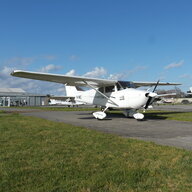
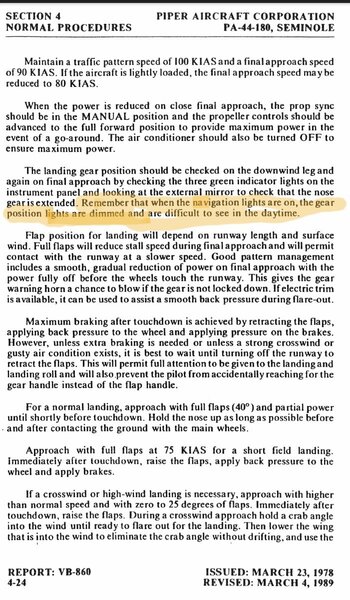
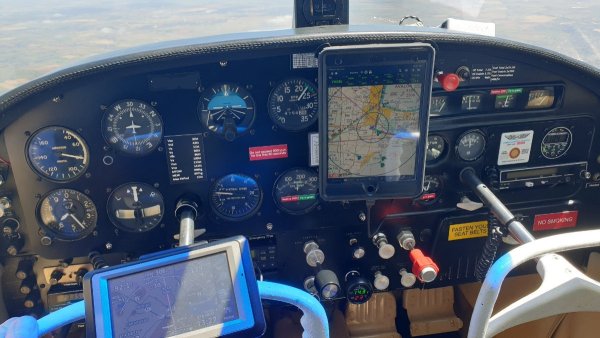

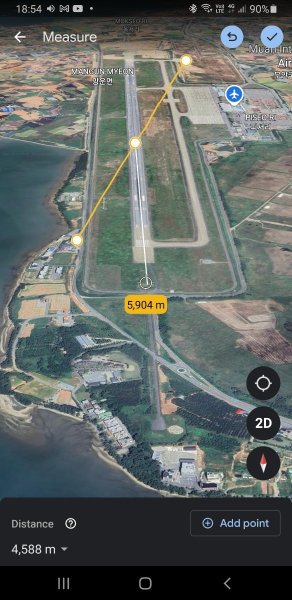



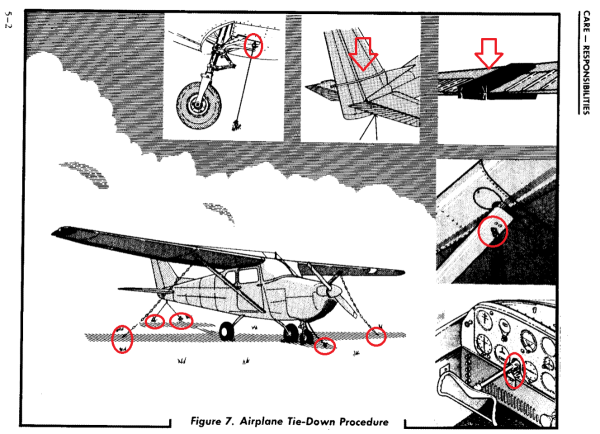

Air India crash
in Aircraft Incidents and Accidents
Posted
According to info from other forum, this is the switch
https://octopart.com/4tl837-3d-honeywell-25749542
There are about 8 wires going out of switch and I believe there would be confirmation from multiple sources that the switch was actually physically moved, rather than controlled by some computer.
Also one pilot asked another why cutoff the switch, etc...
The question remains: why ?
I hope that will be revealed in the Final report.